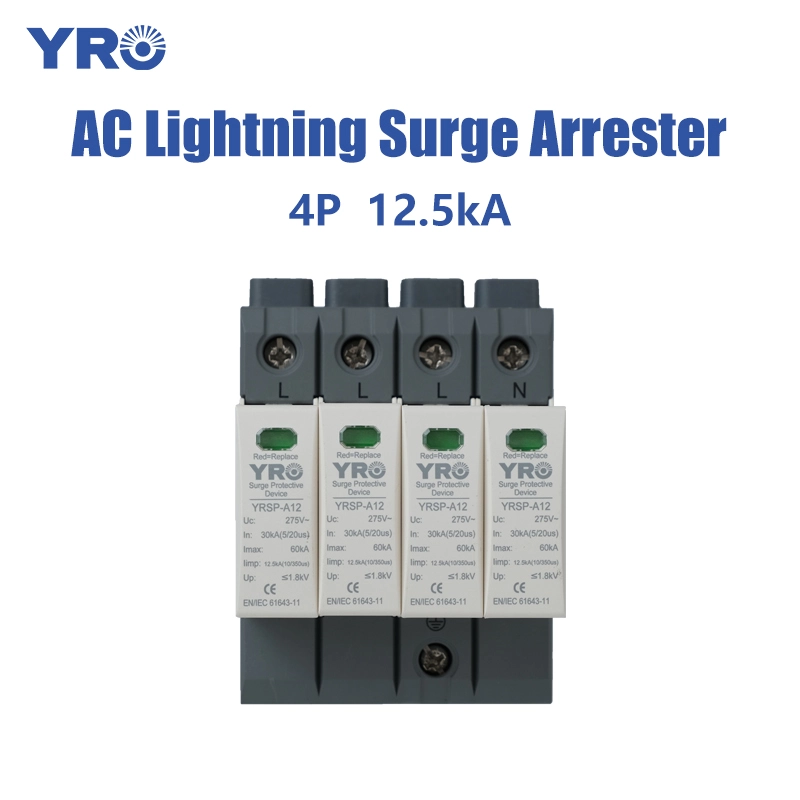How does a lightning arrester work?
2025-04-18
A lightning arrester is a protective device used to shield electrical systems and equipment from lightning strikes. Its main function is to safely divert high-voltage lightning surges to the ground, preventing damage to electrical components.
How a Lightning Arrester Works
When lightning strikes or a surge occurs in a power line, the voltage can spike to extremely high levels. A lightning arrester detects this sudden voltage surge and provides a low-resistance path to ground for the excess energy.
Here’s a step-by-step breakdown:
1. Normal Conditions
During normal operation, the arrester does nothing. It has very high resistance and remains inactive.
2. Voltage Surge Occurs
When a lightning strike or power surge happens, the voltage rises sharply.
3. Breakdown of Arrester Gap
The arrester contains a spark gap or a special non-linear resistor (like a metal oxide varistor). When the voltage exceeds a safe limit, this component breaks down and becomes conductive.
4. Discharge to Ground
The excess voltage is instantly diverted from the power line to the earth via a grounding system. This protects the connected equipment.
5. Return to Normal
Once the surge passes, the arrester returns to its high-resistance state, ready for the next event.

Types of Lightning Arresters
- Rod Gap Arrester – Simple type with two rods separated by a gap.
- Valve-Type Arrester – Uses spark gaps and non-linear resistors in combination.
- Metal Oxide Arrester (MOA) – Common modern type, uses zinc oxide blocks for fast and reliable operation.
Where Are Lightning Arresters Used
- Power transmission and distribution lines
- Electrical substations
- Communication towers
- Buildings with tall structures or sensitive equipment
Conclusion
A lightning arrester is an essential part of electrical protection systems. By channeling high-voltage surges safely to the ground, it prevents fires, equipment failure, and service disruptions caused by lightning or switching surges.


